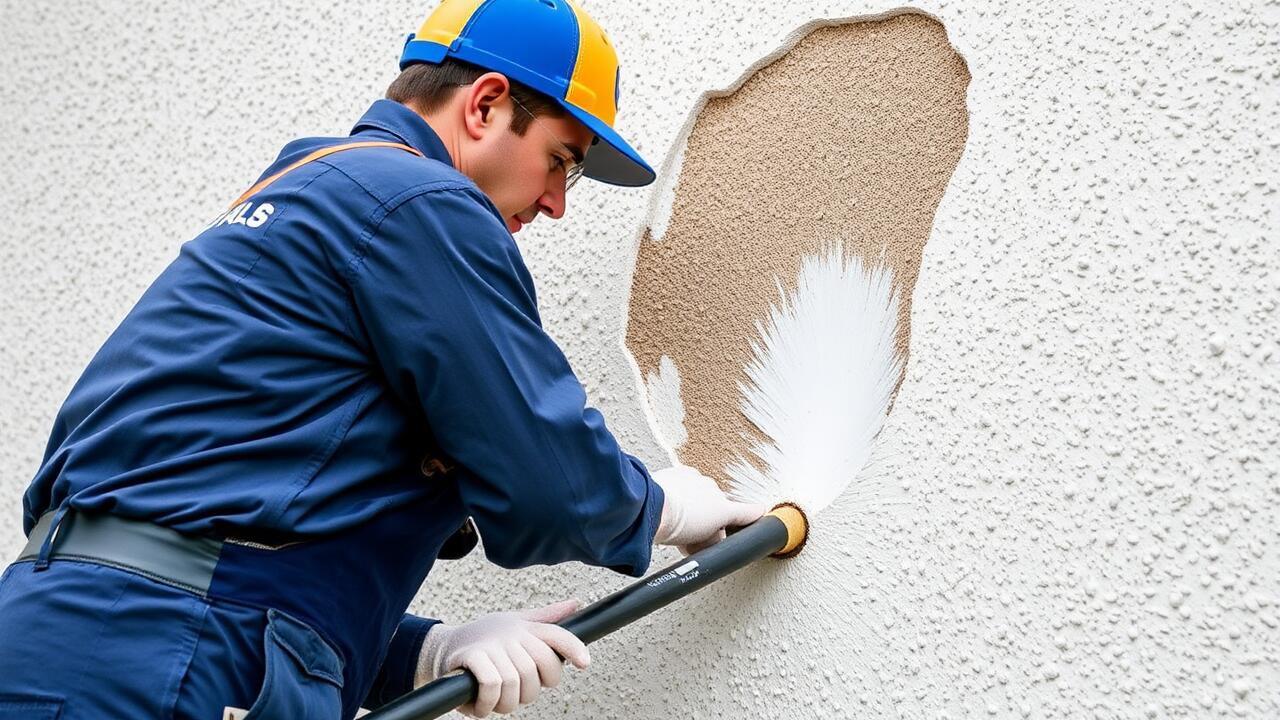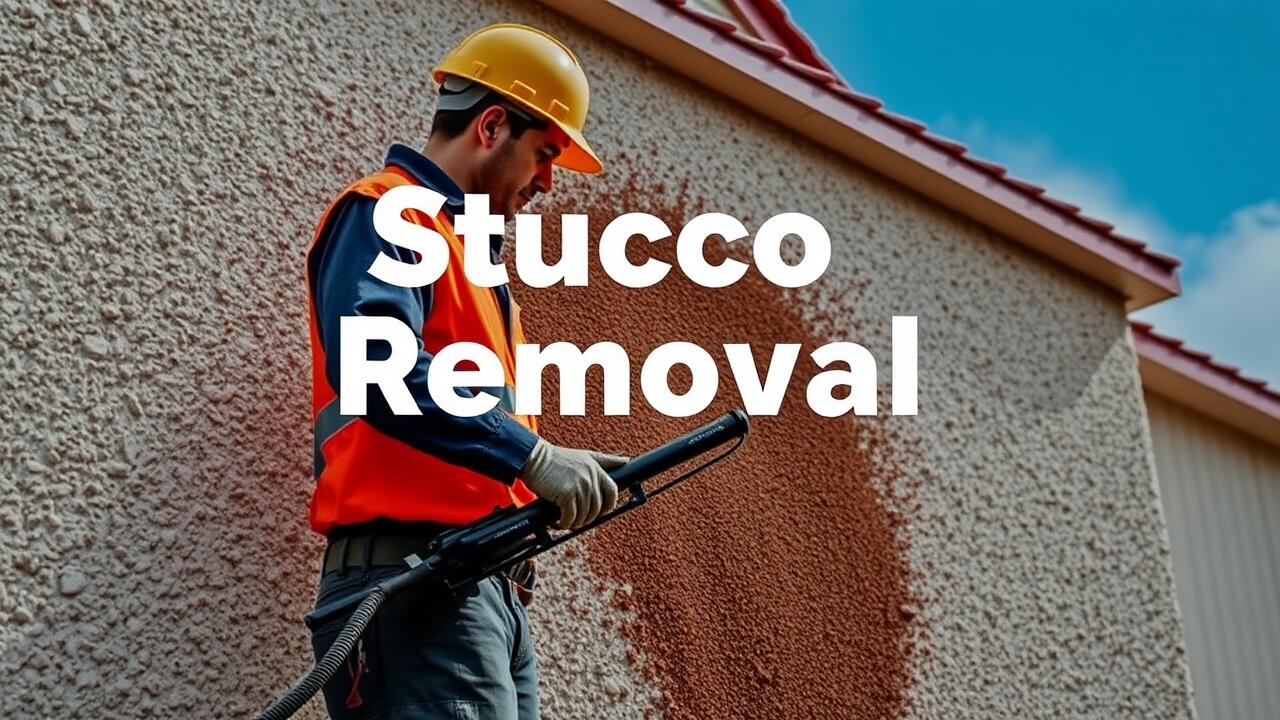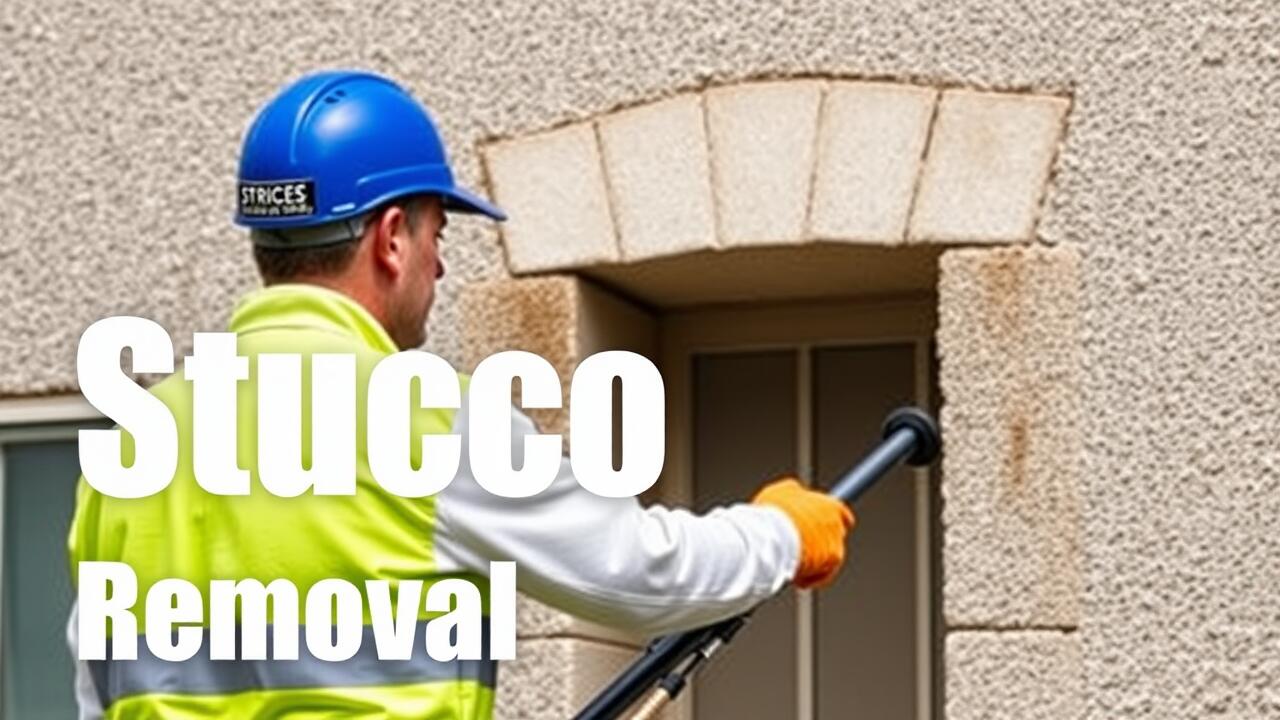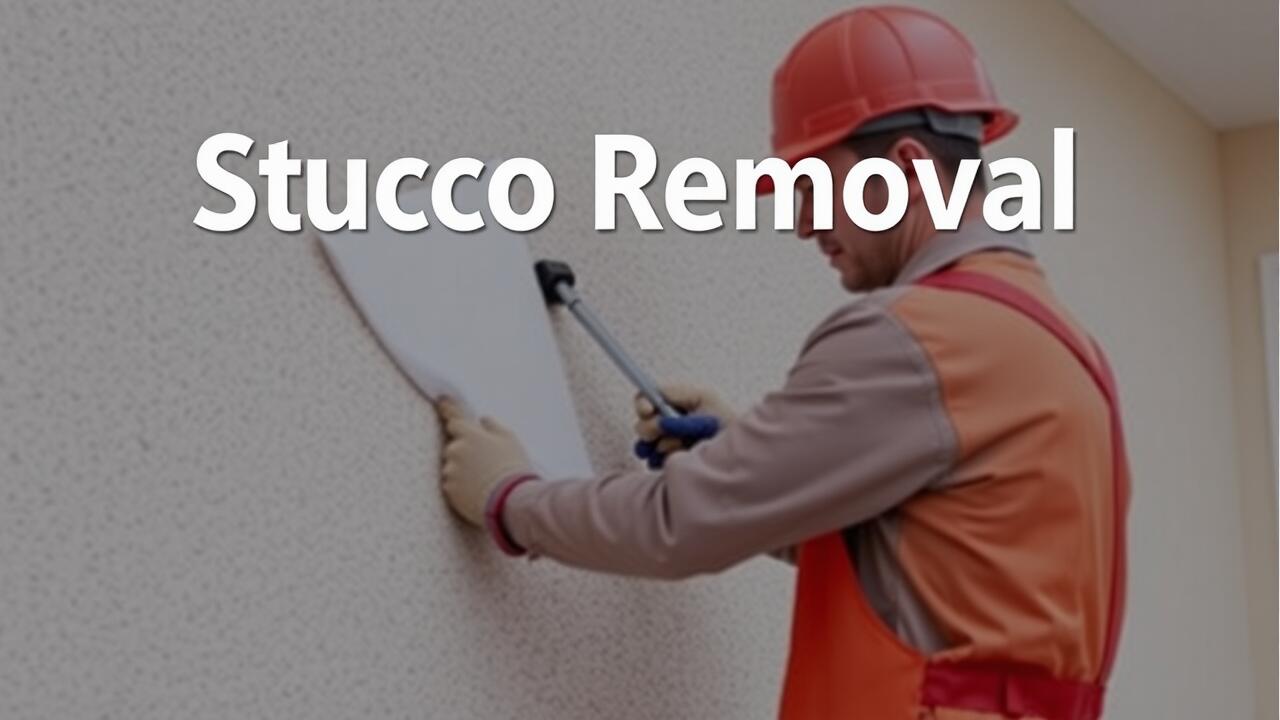
Additives in Stucco Mixes
Additives in stucco mixes play a crucial role in enhancing various properties of the material. Common additives include water-repellent agents that help prevent moisture penetration and pigments that improve aesthetic appeal. Other inclusions, such as fibers, can enhance the tensile strength and flexibility of the stucco, reducing the risk of cracking over time. These enhancements ensure that stucco remains durable in various environmental conditions, making it a popular choice for both residential and commercial applications.
In the context of regions like Tarzana, Los Angeles, stucco removal may necessitate special attention to additives. Some additives can complicate the removal process, as they may bond more strongly to surfaces or require specific techniques for effective extraction. Understanding the role of these additives can be essential for contractors and homeowners alike when considering repairs or updates to their stucco surfaces.
Enhancing Durability and Performance
Stucco's durability and performance can be significantly enhanced through the use of specialized additives. These materials improve bonding and help resist cracking, which is crucial for maintaining the integrity of stucco in various climates. Integrating fibers, such as polypropylene or steel, further strengthens the stucco mix, providing additional reinforcement against potential damage. The right combination of additives can lead to a longer-lasting exterior that requires less frequent maintenance, ultimately benefiting homeowners in areas like Canoga Park, Los Angeles, where moisture and temperature fluctuations can impact building materials.
Proper application techniques also play a critical role in enhancing stucco's performance. Ensuring that the stucco is mixed consistently and applied with precision can prevent issues such as delamination or surface defects. Techniques like applying a scratch coat, followed by a brown coat, create a solid, layered structure that improves adhesion. For those considering renovation or removal, professional services, such as Canoga Park, Los Angeles Stucco Removal, are essential for handling outdated or damaged stucco safely while preparing the surface for new, durable applications.
Application Techniques for Stucco
Application techniques for stucco play a crucial role in achieving a durable and aesthetically pleasing finish. Proper surface preparation is essential to ensure that the stucco adheres well. This includes cleaning the substrate and, in some cases, applying a bonding agent. Once the surface is prepped, the mixing of the stucco needs to be controlled for consistency. Achieving the right texture often requires practiced techniques, whether using a trowel for a smooth finish or a brush to create patterns.
To enhance the longevity of stucco, attention must be paid to the thickness of the application. A common practice involves applying multiple coats, allowing each to cure before adding the next. For those needing modifications to their existing stucco, regions like Canoga Park, Los Angeles offer specialized services such as stucco removal. This careful approach not only improves aesthetic appeal but also reinforces the structure's ability to withstand environmental stressors.
Mixing and Applying the Material
Mixing and applying stucco requires careful attention to detail. The right ratio of components, including Portland cement, sand, and water, is essential for creating a strong and workable mixture. These materials must be blended thoroughly to ensure consistency. Factors such as ambient temperature and humidity can affect the drying time and curing process, so adjustments may be necessary based on the environmental conditions. For those in need of professional assistance, Canoga Park, Los Angeles stucco removal services can provide valuable expertise.
The application process involves several distinct steps to achieve a smooth and durable finish. After mixing, the stucco should be applied in layers, typically starting with a scratch coat that adheres to the substrate. This initial layer provides a rough texture that helps the subsequent layers bond effectively. Proper tools, such as trowels and floaters, are used to shape the stucco as it cures. Adequate curing time is crucial to prevent cracking and ensure a long-lasting surface. Homeowners can benefit from consulting local professionals for accurate guidance throughout this process.
Environmental Impact of Stucco Components
The environmental impact of stucco components begins with the raw materials used in its production. Traditional stucco primarily consists of cement, sand, and lime, which are generally abundant. However, the extraction and processing of these materials can lead to habitat disruption and increased carbon emissions. The transportation of heavy materials also contributes to greenhouse gas outputs, raising concerns about the overall sustainability of stucco as a building material.
In addition to the raw materials, additives in stucco mixes can also influence environmental impact. Various chemical additives can enhance performance but may pose risks if not managed properly. For homeowners considering stucco removal or replacement, such as in areas like Canoga Park, Los Angeles Stucco Removal services should take these factors into account. Sustainable practices in stucco application and demolition can mitigate negative effects and promote more eco-friendly construction methods.
Sustainability Considerations in Stucco Production
Sustainability in stucco production increasingly emphasizes the use of eco-friendly materials and practices. Many manufacturers are sourcing their raw materials responsibly, focusing on local suppliers to minimize transportation emissions. Options such as recycled aggregates or natural additives enhance the environmental profile of stucco while maintaining its aesthetic appeal and structural integrity. In regions like Canoga Park, Los Angeles, stucco removal practices are also adapting to sustainability principles by promoting recycling of materials from old structures, thereby reducing waste in landfills.
The focus on sustainable production methods extends to the application process as well. Techniques that limit water usage during application are gaining traction, as water conservation becomes more pressing in many areas. Moreover, selecting low-VOC (volatile organic compounds) paints and finishes ensures healthier indoor air quality and less impact on the environment post-installation. With the continuous evolution of materials and techniques, the stucco industry is making strides toward a more sustainable future while meeting the demands of modern construction.
FAQS
What are the main components of stucco?
Stucco primarily consists of Portland cement, sand, lime, and water. These ingredients combine to create a durable and versatile exterior finish.
Why are additives used in stucco mixes?
Additives are utilized in stucco mixes to enhance properties such as water resistance, flexibility, and durability. They can improve the overall performance of the stucco and extend its lifespan.
What is the significance of application techniques in stucco installation?
Proper application techniques are crucial for ensuring that stucco adheres well to surfaces and performs effectively. Techniques include mixing the material correctly, applying it in layers, and allowing adequate drying time.
How does the environmental impact of stucco components affect construction?
The environmental impact of stucco components is an important consideration in construction. Many manufacturers are exploring sustainable alternatives and practices to minimize waste and reduce carbon footprints associated with stucco production.
Can stucco be considered a sustainable building material?
Stucco can be considered a sustainable building material when produced using eco-friendly methods and ingredients. Its durability and energy efficiency can contribute to a building's overall sustainability if applied correctly and maintained properly.



